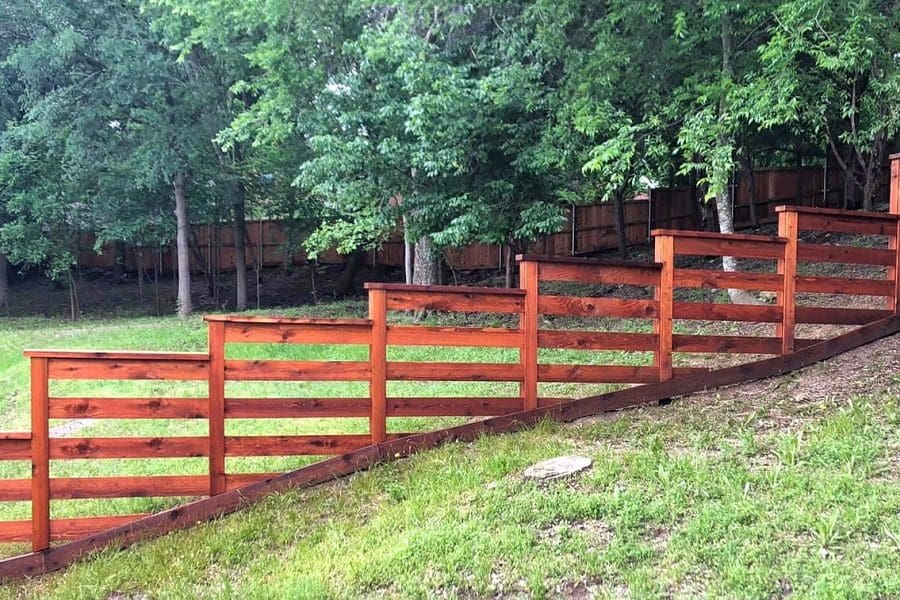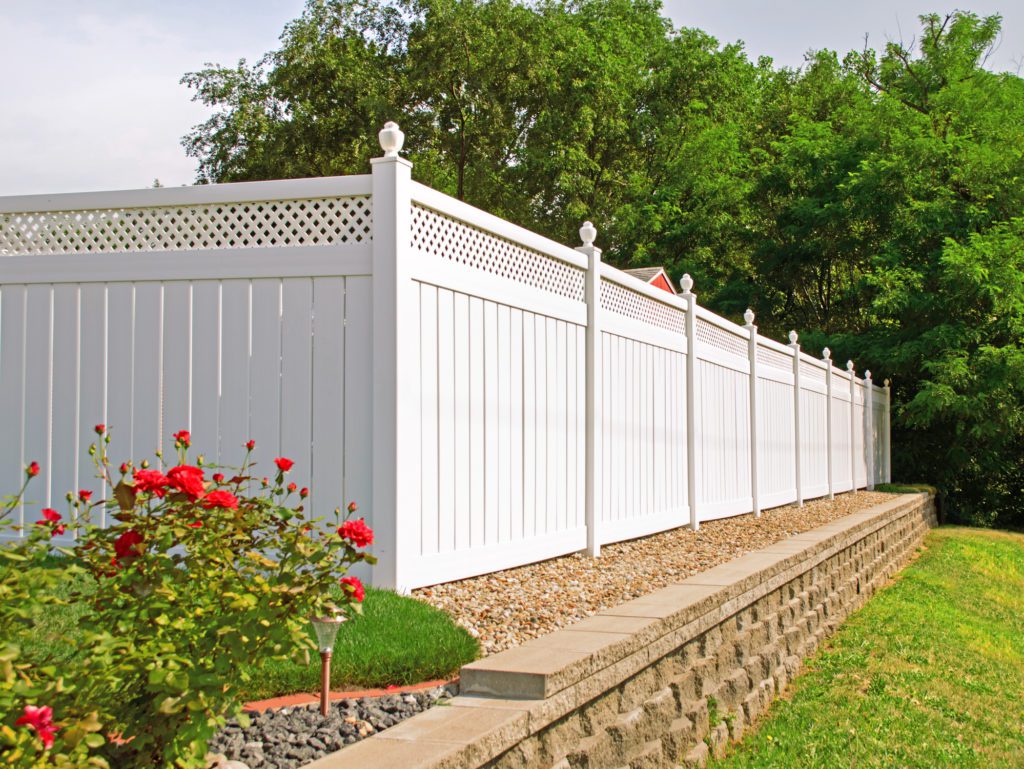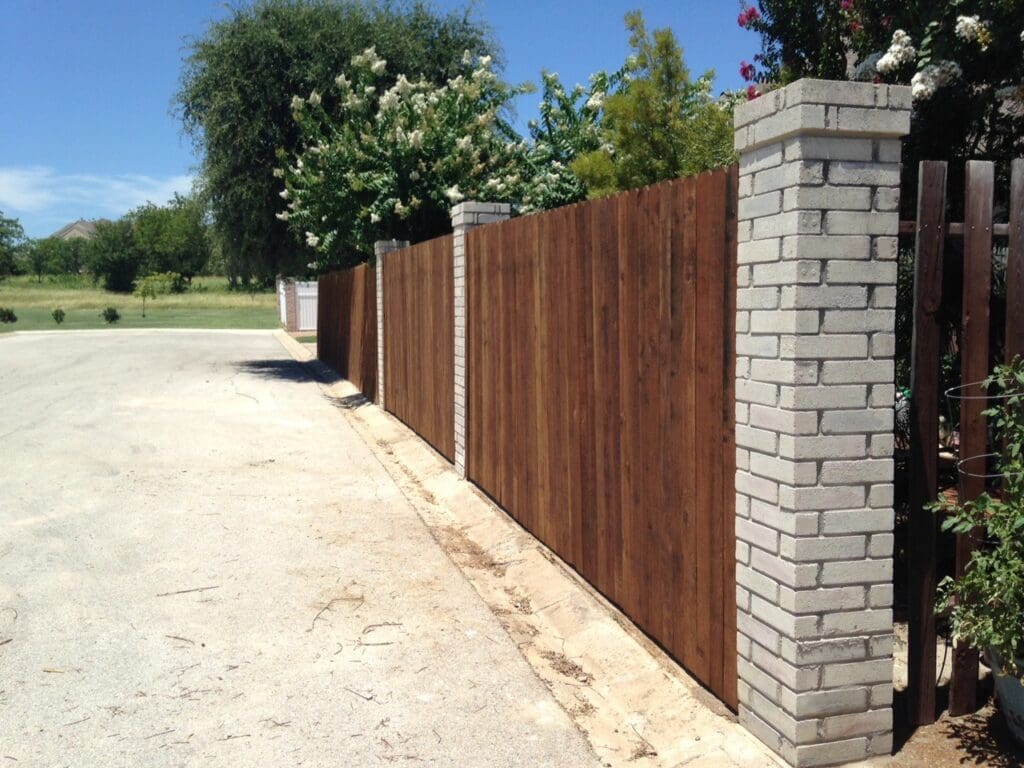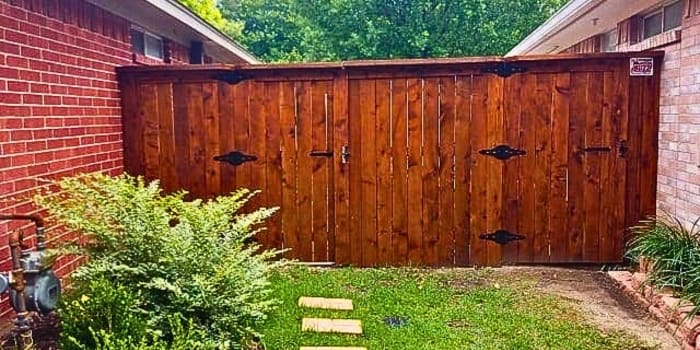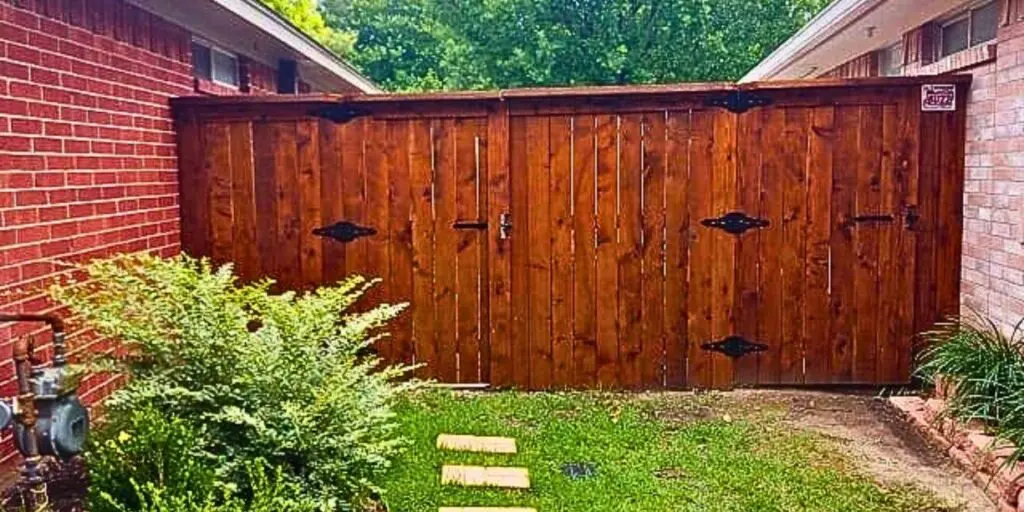Do your kids play tennis or football? Do they run track and field? Then April 6 is their day. National STUDENT-Athlete Day honors those students who triumph on the field, work hard in the classroom, and do community service. The day was created by the National Consortium for Academics and Sports back in 1994. Since then, sports administrators and student-athletes have found different ways of celebrating it, whether it’s making blankets for children in a hospital or packaging nutritious foods for a local food bank.
National STUDENT-Athlete Day events may take place through the month of April. In its 34 years of existence, this endeavor has honored more than 4.3 million student-athletes, all of whom have earned at least a 3.0 grade point average and are involved in community service.
At Buzz, all this talk of sports turns our thoughts toward building athletic field fences.
Fencing for Baseball and Softball Fields
At Buzz, baseball diamonds are our favorite type of athletic field, because fencing is integral to the sport and requires interesting variations around the field. Usually, the sideline perimeters get a four to six-foot fence, while backstops are made from three separate sections of specialty fence, each 30 feet wide and about 25 feet high. An overhang prevents balls from connecting with spectators. Yellow tubing typically tops outfield fences, which are usually six feet high. Batting cages require a thick six gauge chain link fence to stand up to constant wear and tear. There’s even a relatively new development in athletic field fencing: a screening called “batter’s eye.” This feature is about 20 feet tall and 140 feet wide and goes in the center of the outfield fence. Its purpose is to make the white ball stand out against a black background, giving the batter a better shot at hitting a pitch.
See what we mean? Did you ever think about all the different specs of fencing that go into a baseball diamond?
Tennis courts
Without a fence, players would wear themselves out chasing balls. Amateurs might never finish a single game. Tennis court layouts vary, but a typical fence is 10 feet tall and made of 11 gauge mesh wire. Usually, the wire is vinyl coated or galvanized, and often green. Instead of standard two-inch chain link diamonds, the chain link fabric mesh in tennis fences is 1 3/8 inch to prevent balls getting stuck in the fence.
Tennis fences have a top and bottom rail and, because of their height, often a middle rail as well. Screening is a popular feature that cuts down on wind interfering with a ball’s trajectory.
Football
Most middle schools, high schools, and colleges have a multisport field, often consisting of a running track surrounding a football field. Typically, a fence separates spectators from players. Football fences require several gates. Smaller gates allow players and coaches onto the field, and spectator access. A larger gate accommodates maintenance vehicles.
Fences around tracks should be at least four feet tall. If you’re concerned about security, your fence needs to be taller, with locking gates.
Custom work for your athletic field
Does your school, company, organization, or private mansion need its own athletic field? At Buzz Custom Fence, we love to design exactly what our customers want. If your dreams include a tennis court or baseball diamond, give us a call today. And kudos to all those hard working student/athlete/community servants on April 6 and every other day.

